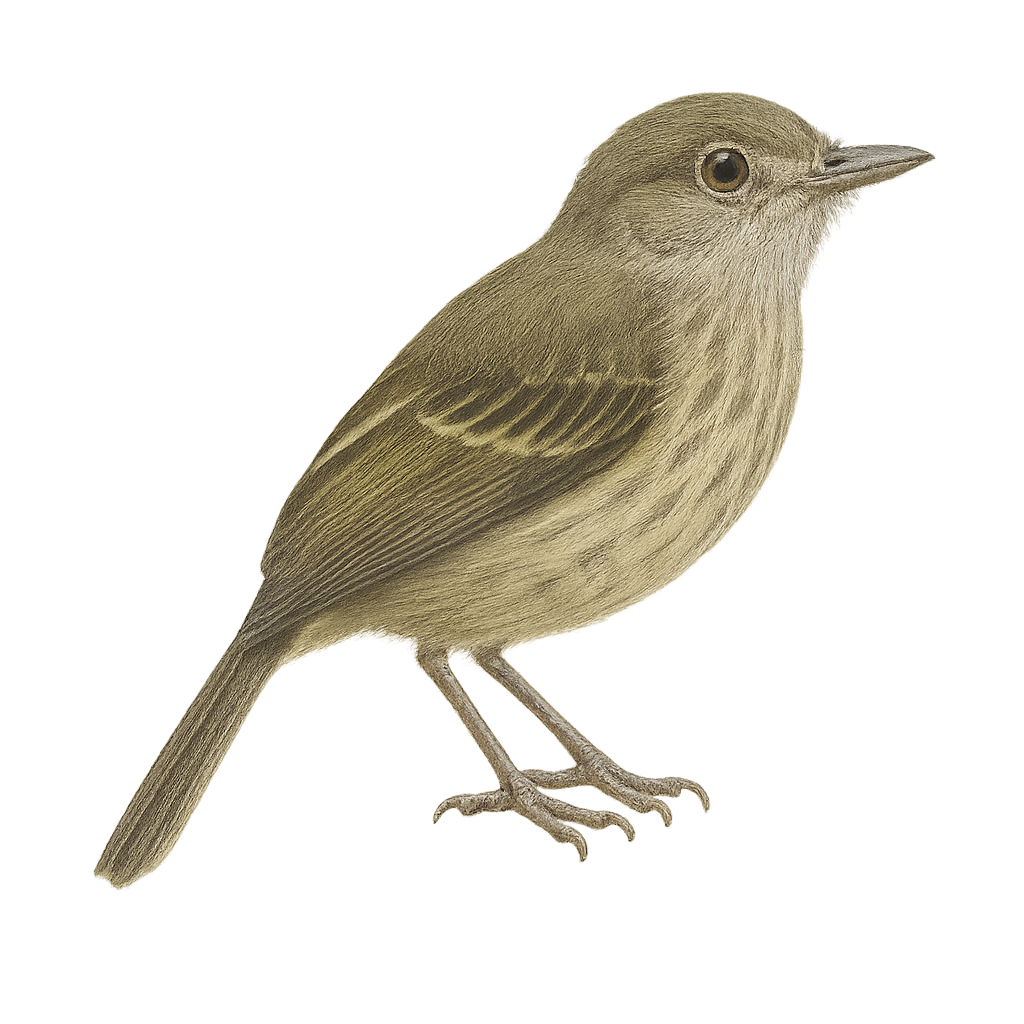Your wildlife photography guide.
Explore the snethlage's tody-tyrant in detail, study its behavior, prepare your shots.
Where to observe and photograph the snethlage's tody-tyrant in the wild
Learn where and when to spot the snethlage's tody-tyrant in the wild, how to identify the species based on distinctive features, and what natural environments it inhabits. The WildlifePhotographer app offers tailored photography tips that reflect the snethlage's tody-tyrant’s behavior, helping you capture better wildlife images. Explore the full species profile for key information including description, habitat, active periods, and approach techniques.
Snethlage's Tody-Tyrant
Scientific name: Hemitriccus minor

IUCN Status: Least Concern
Family: TYRANNIDAE
Group: Birds
Sensitivity to human approach: Suspicious
Minimum approach distance: 5 m
Courtship display: October to November
Incubation: 15-17 jours
Hatchings: October to December
Habitat:
Humid tropical forests, dense undergrowth
Activity period :
Primarily active during the day, with peak activity in the morning and late afternoon.
Identification and description:
The Snethlage's Tody-Tyrant, or Hemitriccus minor, is a small bird belonging to the Tyrannidae family. It is characterized by its modest size, measuring about 9 to 10 cm in length. Its plumage is primarily olive green with lighter shades on the belly. It is mainly found in the humid tropical forests of South America, particularly in Brazil, Bolivia, and Peru. This bird is often seen in dense undergrowth, where it primarily feeds on insects. Although discreet, its high-pitched and repetitive song can be heard from a distance. The Snethlage's Tody-Tyrant is a sedentary bird, and its behavior is generally suspicious, making it difficult to observe.
Recommended lens:
400 mm – adjust based on distance, desired framing (portrait or habitat), and approach conditions.
Photography tips:
To photograph the Snethlage's Tody-Tyrant, it is advisable to use a 400mm lens or longer to capture sharp images from a distance. Since this bird is often hidden in dense undergrowth, it is important to remain discreet and patient. Use a tripod to stabilize your camera and wait for the bird to appear. Listen carefully to its song to locate its position. The natural light of the morning or afternoon is ideal for obtaining well-lit photos without startling the bird.
The WildlifePhotographer App is coming soon!
Be the first to explore the best nature spots, track rutting seasons, log your observations, and observe more wildlife.
Already 1 415 wildlife lovers subscribed worldwide

